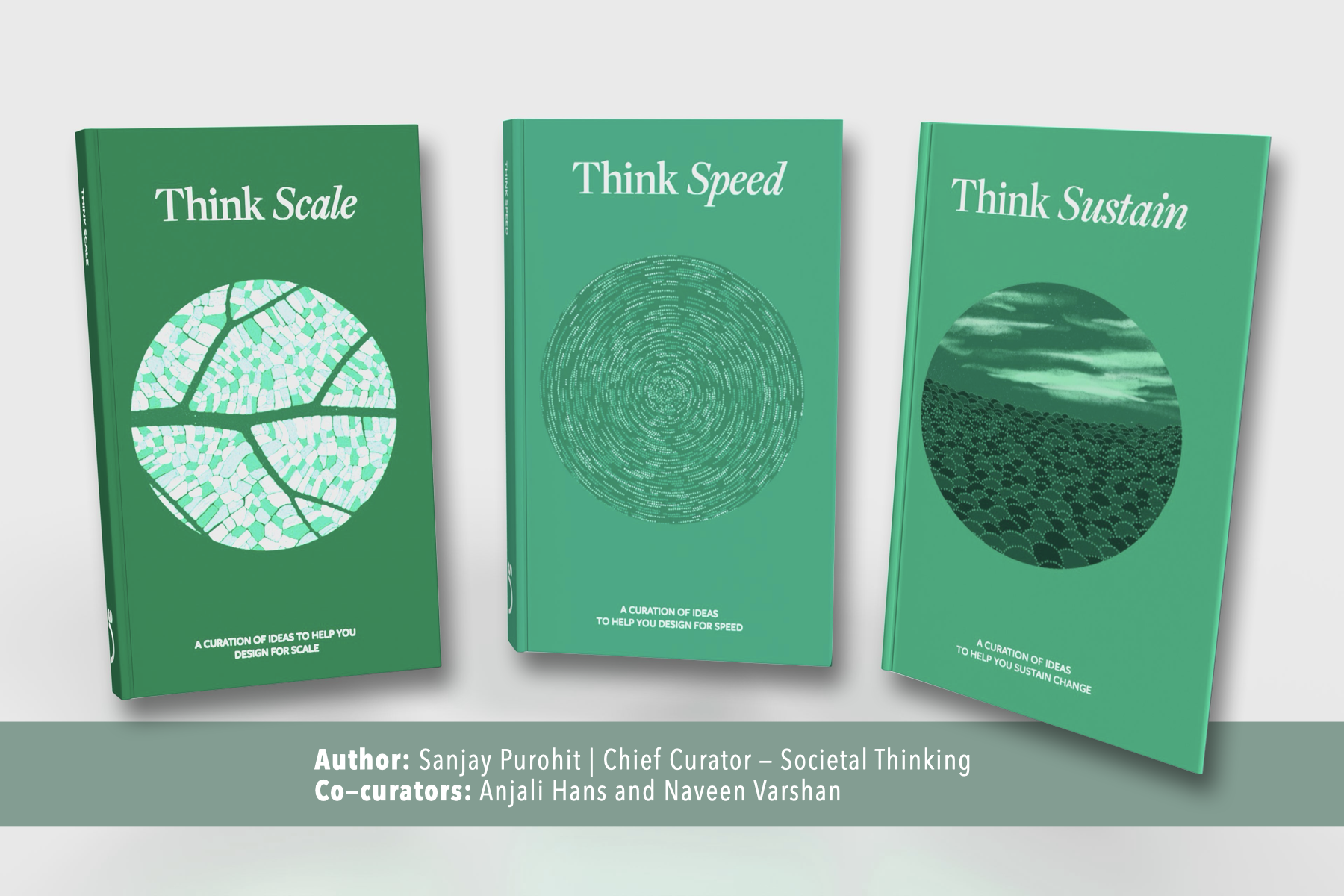SELCO is implementing Decentralised Renewable Energy (DRE) solutions across 25,000 Primary Healthcare Centres (PHCs) in India. Together, as co-travellers in our Scalers journey, we along with SELCO are reimagining a high-quality primary healthcare system for India powered by DRE.
As always, before jumping into figuring out what kinds of solutions would work at scale, we wanted to get a sense of the problems on the ground and the way it affects people across different contexts. So, off to Meghalaya we went, with the intention to get real, unlearn and learn in the field.
In the course of the two days we spent on the field along with the SELCO and eGov teams, we visited Byrnihat Primary Healthcare Centre, Unsawnongkharai Sub-centre and Mawtamar Sub-centre, and met many government officials who are trying to improve healthcare delivery in the hilly state.
For some of us it was our first time visiting Meghalaya, famous for being home to Mawsynram and Cherrapunji, the wettest places on Earth. Being in Meghalaya was humbling as well as overwhelming at times. A few things stood out, apart from the amazing weather, warmth of people and pineapples. The trust that the communities have in each other and also in SELCO and their partners was unmistakable.
Soon, we realised that although Meghalaya gets a lot of rain and sunshine, it is a power deficit state. The crisis at the time of the visit was even more acute because the water-level at a key dam used in producing hydel electricity is at its lowest. A SELCO partner mentioned that operations and maintenance of energy infrastructure is very challenging, especially in such hilly/mountainous regions.

While we were at the Unsawnongkharai Sub-centre, it started raining heavily. So much so that we could not hear what the person standing next to us was saying. Suddenly, an auto-rickshaw climbed the steep road leading to the centre and pulled up at the main door, carrying a heavily pregnant young woman, Rani. She was carried carefully to the delivery room – a small room that would soon start a new chapter in her life. Thankfully this sub-centre was one of the 300+ centres which were DRE enabled. Even with rain pouring heavily the Auxiliary Nurse Midwives (ANM) at the centre were very relaxed and had trust in the DRE system to power the critical instruments like the lights, and the baby warmer. We realised that in such a terrain, high-performing primary healthcare centres can be the difference between life and death.
It was heartening to see the potential of people – who are already making micro-improvements to keep themselves updated with the advances in medical practices to provide better care in their communities. A nurse shared how she upskills by reading and enrolling in online courses by herself while her family sleeps. The doctors, nurses and the ANMs at these centres were very efficient at utilising the limited resources they have access to and doing the best ‘jugaad’ (a clever way to work around a situation/constriction). This is especially inspiring given the lack of adequate infrastructure in many places. One thing in common between them was the way they managed time to do the many different things the centre demanded. A doctor recounted the many nights she had to go back to the centre during their off-time or in the middle of the night to serve emergencies as their centre was close to the highway and got several accident cases. I can’t even imagine what these amazing people can do if the healthcare system works smoothly for them.
If we dig deep, a high-performing primary health centre requires many things to go right – good physical infrastructure, the right equipment and machinery, access to uninterrupted electricity, capacity building of the staff and more. For each PHC to deliver high-quality healthcare, many govt. departments, actors and systems have to come together and work seamlessly with each other. It becomes imperative to build a deep understanding of the systemic and societal view of the problems at hand. How can different actors come together to solve the many challenges of primary healthcare for diverse communities like these? Who can orchestrate such a collaboration?
We came back from Meghalaya with many learnings and reflections.
- Health workers’ high spirits that make things work even with crumbling infrastructure at times is inspirational
- The deep sense of community and responsibility towards the people they are responsible for is admirable
- Reliable access to energy as an enabler of trust and confidence equally for the health workers and the community is noteworthy
What are some other levers at the primary healthcare level that you have seen to build trust between the systems and the communities? Tell us about your experiences.
 Back
Back


